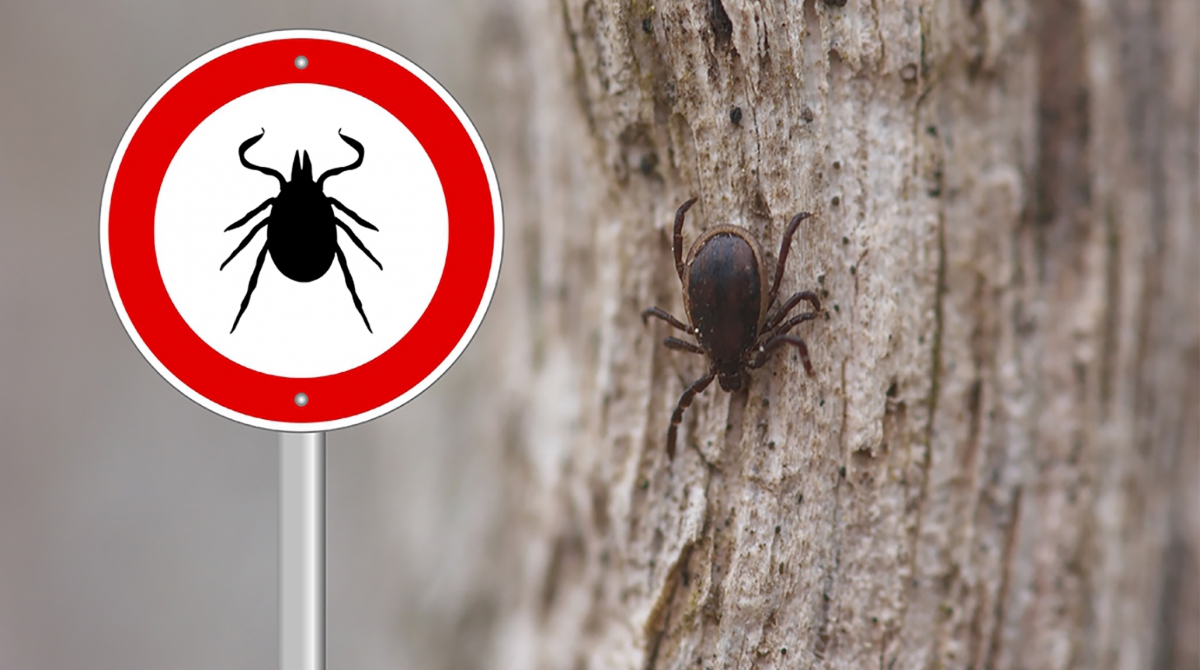By Lyndelle LeBruin and Caitlin Loretan
Lyme disease is on the rise in Vermont, and the state now has one of the highest rates of Lyme disease in the country.
As cases of Lyme disease continue to increase, new programs are being developed to bring knowledge of Lyme disease to the health community and general public.
One such program — Lyme Corps — is an exciting new program developed by the Centers for Disease Control and Prevention to educate others about Lyme disease prevention, diagnosis, and treatment. Lyme Corps is in its third year and has so far had cohorts from a handful of states on the East Coast.
Vermont was chosen by the CDC to establish a Lyme Corps program this year as the state has seen more reported cases of the disease in recent years.
UVM Students Help with Lyme Corps
Earlier this year, the CDC collaborated with the Vermont Department of Health to develop Vermont’s first Lyme Corps cohort. Following a lecture by a CDC representative at UVM, attendees were encouraged to apply to Lyme Corps and were selected after submitting brief applications. The first Vermont Lyme Corps group is made up of three students from UVM’s Public Health program, four UVM medical students, and one UVM Medical Center pathology resident.
We were motivated to join Lyme Corps for several reasons. Our public health training has taught us about importance of awareness and prevention as we’ve seen what Lyme disease can do to those affected. And while treatment is available, the best form of protection is prevention.
Lyme Corps participants currently work in collaboration with the CDC and the Vermont Department of Health to educate health care providers and community members about Lyme disease. Activities range from giving presentations in classes and communities, distributing information to outdoor-type clubs, attending farmers’ markets, and writing articles for local publications. These activities will continue throughout the summer and potentially into the fall across the state.
Lyme Disease Awareness & Prevention
Lyme disease is caused by infection with the Borrelia burgdorferi bacteria. The infection is transmitted by the bite of a black-legged tick (commonly called deer tick). The disease got its name from Lyme, Conn., where a cluster of children and adults came down with arthritic conditions in 1975 that later were linked to the ticks and, in 1982, to the Borrelia bacteria.
The best way to prevent Lyme and other tick-borne diseases is to prevent tick bites. The use of long pants, long sleeves, and long socks is highly recommended when in tick-infested areas, as well as daily tick checks for adults, children, and animals. A number of safe and effective insect repellents are available and should be used when outdoors, if possible.
Tick Removal
Prompt tick removal is essential for prevention of Lyme disease since it takes at least 24 hours for an attached tick to transmit the Lyme disease bacteria. To properly remove attached ticks, grasp the tick with fine-tipped tweezers and use even pressure while pulling upward. After removal, it is important to clean the tick bite area with soap and water, iodine scrub, or rubbing alcohol and wash hands.
Individuals who do find an attached tick should self-monitor for the Lyme disease rash (often shaped like a bull’s-eye) or flu-like symptoms and contact a physician if symptoms develop. More information on prevention, tick removal, and symptoms of tick-borne diseases can also be found at www.cdc.gov/Lyme and www.cdc.gov/ticks.
As members of Vermont’s Lyme Corps, we look forward to working with Vermonters to raise awareness to prevent further increases of this disease.
Lyndelle LeBruin, MS, is a member of CDC Lyme Corps and a UVM Master of Public Health student. Caitlin Loretan, BS, is a member of CDC Lyme Corps and a graduate of the UVM Public Health Certificate program.




